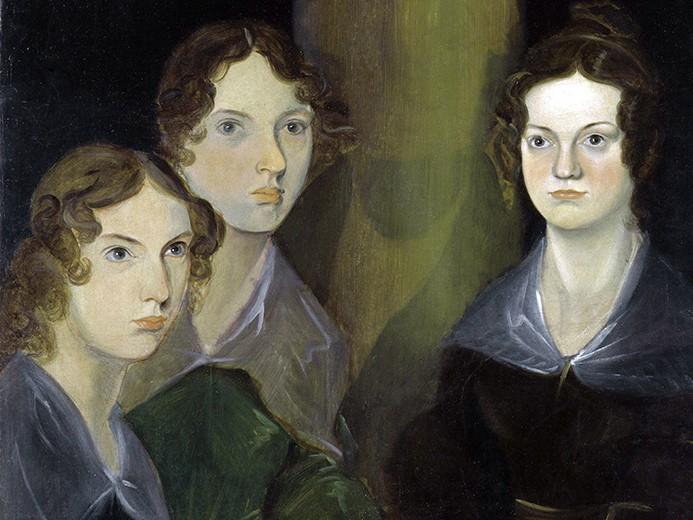
Fostering student collaboration rather than competition using peer review
When students are involved in peer review, they can more easily see the ‘problems’ with classmates’ writing – and this creates opportunities in their own work, too
Peer reviewing is one of the most essential steps in learning to develop the writing process. I have been teaching college writing since 1985, when Ronald Reagan was the US president, and I have always told my students that it is far more important to their own writing development to give feedback on someone else’s writing than it is to get feedback from a fellow student.
It is a paradox, in that the best way to learn a skill is to teach someone else that skill. Like most things that are important for development, encouraging students to collaborate with their peers rather than compete against them takes a major attitudinal change. In other words, there is no quick fix for implementing this. It simply takes good, old-fashioned hard work and effort – especially from the teacher – but this one change in attitude can make a lasting difference.
Students who are in the throes of developing a writing project are often far too caught up in their process to see the broader horizon; however, when they are involved in peer review, they can more easily see the “problems” with the writing of a classmate. It is essential to help them see that this textual distance can create opportunities in their own work, so they will take time away from their own bundle of writing worry to review someone else’s work.
- How to enhance students’ participation in teamwork that is not assessed
- Why interactive and game-based instruction beats lecturing every time
- Let’s harness students’ desire for interaction to define the future of learning
Ideally, peer reviewing should not only be a requirement for every writing assignment in the classroom but also in every aspect of the whole classroom, such as the weekly discussion board posting for online instruction. Even in face-to-face classroom discussions, peer reviewing should be part of the routine as well. A face-to-face instructor can require that for every comment a student makes in the classroom, that same student also needs to comment on other students’ ideas as well before the conversation is complete.
Of course, the first way to encourage student participation in the peer-reviewing dynamic is to make it an item on the rubric and to give it a significant number of points. However, making it a requirement with teeth merely gets the individual student’s attention and does not provide them with the skills to be successful. That must be nurtured because, as most experienced teachers realise, it is not typically in the student’s nature to critique or evaluate another student’s work beyond superficial comments.
The Center for Teaching and Learning at Washington University in St. Louis identifies four key strategies for implementing a successful peer reviewing process:
- Identify and teach the skills required for peer review
- Teach peer review as an essential part of the writing process
- Present peer review as an opportunity for students to learn how to write for an audience
- Define the role of the peer reviewer as that of a reader, not an evaluator.
The most fundamental of these strategies is the last one. If the peer reviewer assumes the attitude of a fellow reader who is involved in the same struggle of writing an assignment, then an authentically effective communication exchange is possible. In other words, the peer reviewer is not looking to point out what is wrong or right with the other student’s work but is rather looking to explain a reader’s expectations. In the process, the peer reviewer can then transfer those expectations to their own writing when they return to review and revise it. This situation bears out and reveals to students how it is better to give peer commentary rather than just receive peer responses.
While, of course, an instructor must ensure that everyone can review the work of at least two different students (notice that I turned the situation around from most peer-reviewing dynamics to emphasise giving over receiving), the optimum situation is to have the students choose their own peer groups. That is why making peer reviewing a part of discussion boards and the classroom routine is essential to the peer-reviewing process by developing a peer community. If students have the space and opportunities to form their own peer groups, they will, so requiring them to provide peer comments from the very beginning of the class can help build a natural peer connection.
Again, I always tell students that the best way to get peer comments is to give them consistently throughout the class because the concept of “the more you give, the more you get back” truly works. Yet when that doesn’t work out, you must be sure to make it a required assignment at least once during the class term and to have provided the students with a set of peer-reviewing criteria of your own devising. Remember that we are trying to foster collaboration over competition and not coerce it – and that attitudinal change takes more dexterity than brute force.
James Meredith teaches writing and literature at Colorado State University Global. In other academic capacities, he has served as the president of the Ernest Hemingway Foundation & Society and has researched war literature and film across the globe.
If you would like advice and insight from academics and university staff delivered direct to your inbox each week, sign up for the Campus newsletter.




